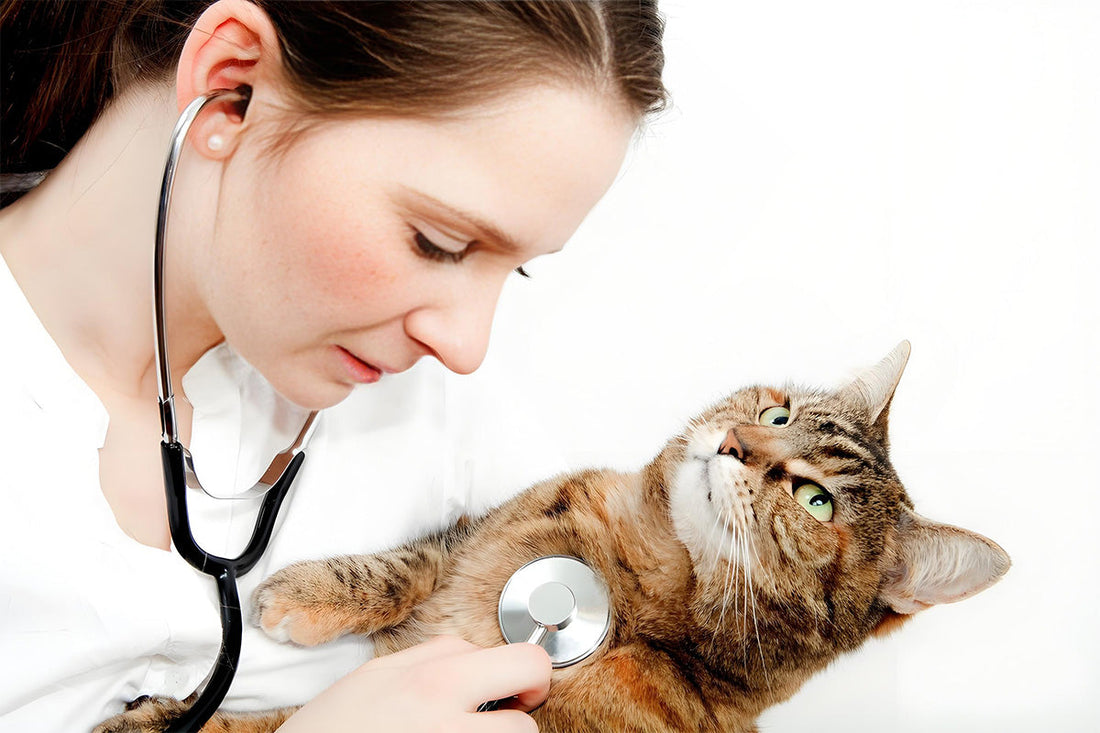
Is Pet Insurance Worth It?
If you're a pet parent, you already know how much love, time, and, yes, money, goes into caring for your furry family member. From food and toys to vet visits and surprise illnesses, the costs can add up quickly. One thing many pet owners wonder about is pet insurance. Is it just another unnecessary monthly bill, or could it actually save you thousands in the long run? Let’s dive into whether pet insurance is really worth it — and what you should consider before signing up.
What Is Pet Insurance?
Pet insurance is a health policy for your animal that helps cover veterinary bills. Like human health insurance, you typically pay a monthly premium, and in return, your insurer helps reimburse costs for accidents, illnesses, surgeries, medications, and sometimes even routine care like vaccinations and dental cleanings.
Most policies work on a reimbursement basis — you pay the vet upfront, submit a claim, and then the insurance company sends you a check (or direct deposit) for the covered amount.
The Pros of Pet Insurance
1. Peace of Mind
One of the biggest reasons people get pet insurance is peace of mind. If your dog swallows a sock or your cat develops diabetes, you don't want finances to decide whether they get treatment. Knowing you have coverage can remove the stress in already emotional situations.
2. Protection Against Big Expenses
Emergency surgeries, chemotherapy, or ongoing treatments for chronic illnesses can cost thousands. Pet insurance can drastically reduce the financial burden, making it possible to afford treatments you might otherwise struggle to pay for.
3. Flexibility in Treatment Options
With insurance, you may be able to choose the best possible treatment instead of the cheapest option. Some plans even cover alternative therapies like acupuncture or physical therapy, giving your pet access to more holistic care.
The Cons of Pet Insurance
1. It Doesn’t Cover Everything
Many plans have exclusions — like pre-existing conditions, specific hereditary issues, or elective procedures. It's important to read the fine print. You might be surprised what isn’t covered.
2. Premiums Can Add Up
While some plans start as low as $20 a month, more comprehensive coverage can easily run $50–$100 per month, especially for older pets or breeds prone to health issues. Over your pet’s lifetime, that can add up to thousands of dollars.
3. You Still Pay Upfront
Since most plans reimburse you, you need to have the money available to pay the vet bill first. If you can’t front a $3,000 surgery bill, pet insurance won’t help you in the moment.
When Pet Insurance Might Be Worth It
- You Have a Young Pet: Signing up when your pet is young and healthy usually means lower premiums and fewer exclusions.
- You Own a High-Risk Breed: Some breeds are prone to expensive health problems (think French bulldogs, German shepherds, or Maine coons). Insurance can be a financial lifesaver.
- You Want Financial Predictability: A fixed monthly premium can be easier to budget than unpredictable emergency bills.
- You Want Access to the Best Care: If you want to avoid any tough decisions based on cost, insurance gives you more freedom to say "yes" to recommended treatments.
- Price: How Much Is Pet Insurance?

When Pet Insurance Might Not Be Worth It
- Your Pet Is Already Older or Sick: Premiums rise with age, and many policies exclude pre-existing conditions, meaning you might end up paying a lot for little coverage.
- You Can Self-Insure: Some people prefer to put money into a dedicated savings account for pet expenses. If you’re disciplined about saving, this can be an effective alternative.
- You Only Want Coverage for Catastrophic Events: If you don’t mind paying for routine care out of pocket and only worry about major emergencies, a cheaper, high-deductible plan (or no insurance) might be a better fit.
Alternatives to Traditional Pet Insurance
- Wellness Plans: Some vet offices offer wellness plans that cover routine care for a monthly fee. These aren’t true insurance but can help with budgeting predictable costs.
- Savings Accounts: Setting aside a fixed amount each month in a "pet emergency fund" can build up over time and give you a cushion without paying premiums.
- Discount Programs: Pet discount programs or memberships offer lower prices on services, medications, and sometimes insurance itself.
Final Verdict: Is It Worth It?
There’s no one-size-fits-all answer. Pet insurance can be worth every penny if your pet needs expensive care and you want financial protection. But for some owners — especially those with older pets or plenty of savings — it might make more sense to self-insure or skip it altogether.
The key is to evaluate your financial situation, your pet’s risk factors, and your peace of mind. If the idea of an unexpected $5,000 vet bill makes you panic, pet insurance could be the best investment you make for your furry best friend.
